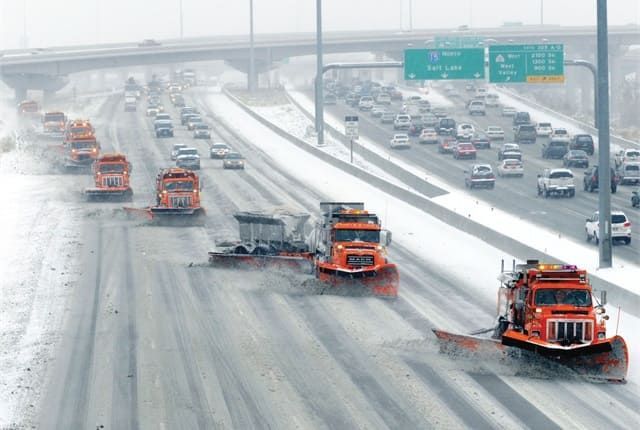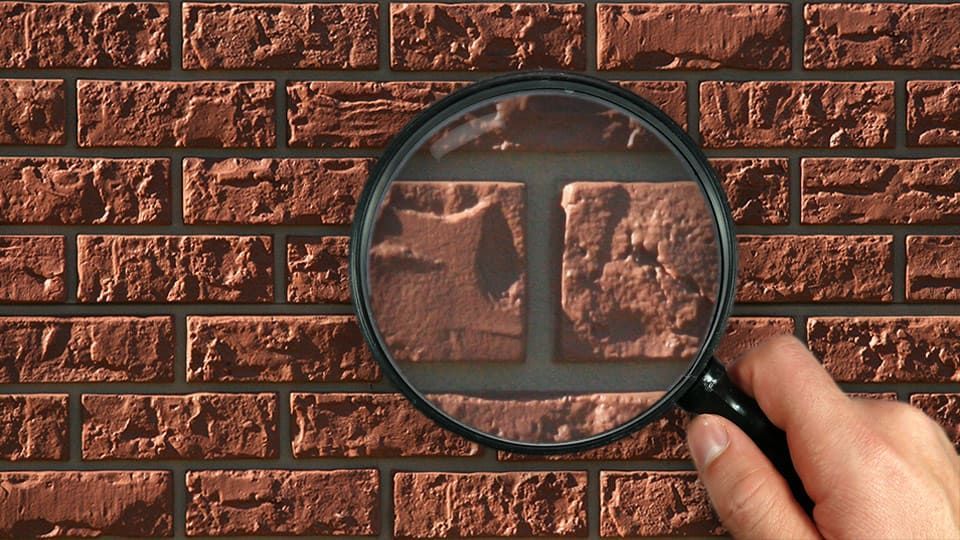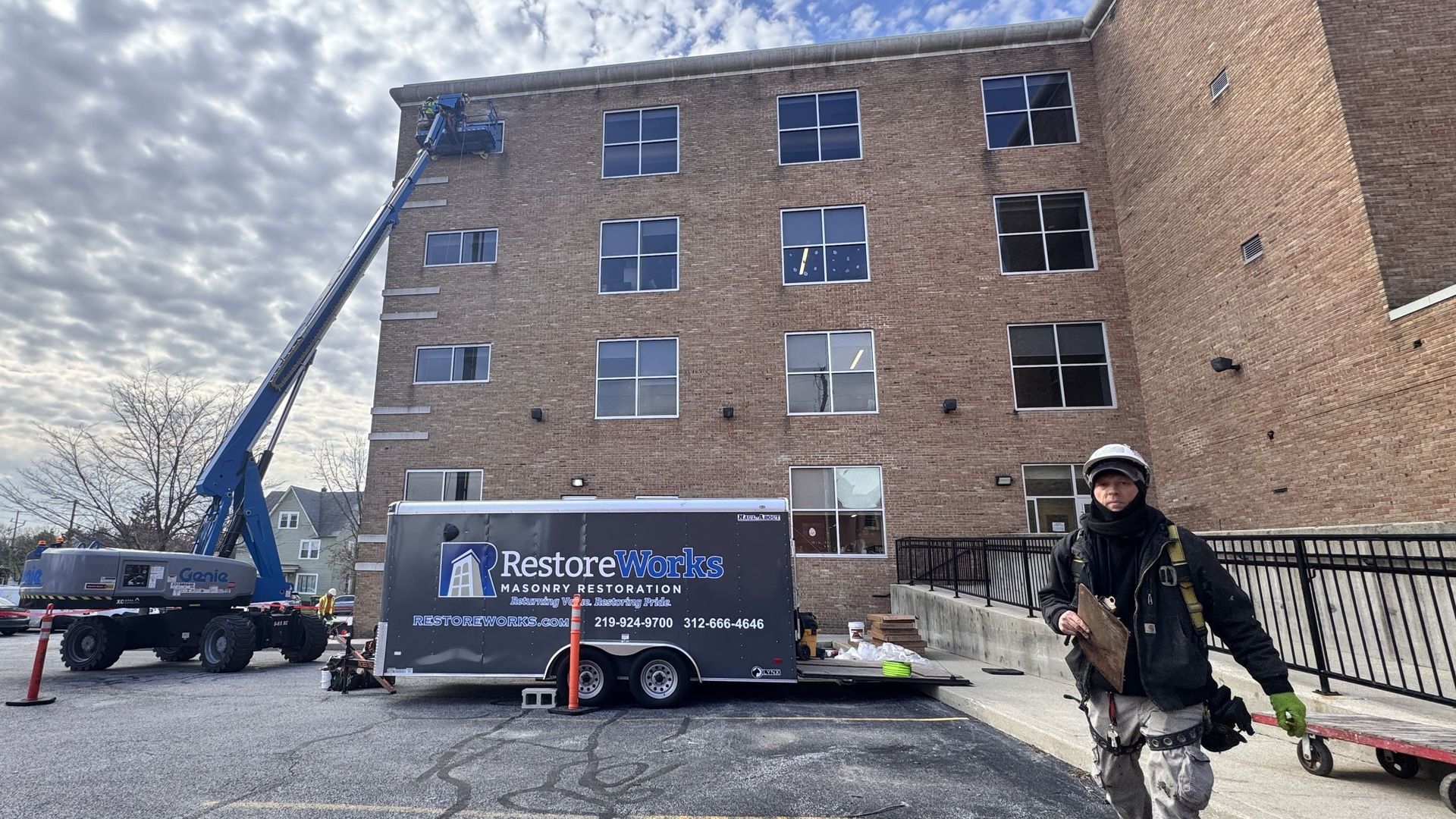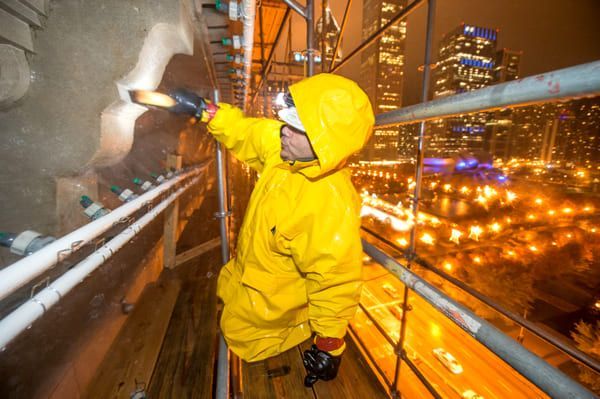As temperatures begin to drop, it's time for property managers, facilities professionals, and engineers to turn their attention to winter readiness. While HVAC and roofing get a lot of attention in seasonal maintenance plans, masonry often gets overlooked until damage is already done.
But masonry doesn’t lie dormant in the winter. It’s constantly reacting to moisture, temperature shifts, and salt exposure. If you're responsible for maintaining commercial or institutional buildings in the Chicago area, a winterization checklist for your masonry systems is necessary.
Why Winter Puts Masonry at Risk
Chicago averages 6–7 freeze-thaw cycles each year, and projections suggest this number could nearly double by 2050. These cycles are harsh on masonry: when water enters cracks and freezes, it expands by about 9%, turning small issues into larger structural problems. For reinforced concrete structures, that can also mean rebar corrosion and spalling, especially on exposed elements like balconies or facades.
This checklist breaks down what to inspect, what to document, and when to act, so your building makes it through the winter in better shape than most.
1. Inspect Facades and Balconies for Vulnerable Conditions
Start with a visual assessment of high-exposure areas: parapets, sills, lintels, and balconies. Look for:
- Cracks in mortar joints or units
- Efflorescence (white salt stains)
- Peeling, flaking, or scaling
- Loose or shifting masonry
- Rust stains that may indicate embedded steel corrosion
In particular, pay attention to concrete balcony restoration projects you've completed in the past. Balconies bear the brunt of winter exposure, and previously patched areas should be rechecked for movement or deterioration.
If you manage mid-rise or high-rise buildings, consider a drone or rope-access inspection for difficult-to-reach locations.

2. Check for Mortar Joint Deterioration
Mortar joints are an important part of masonry performance. If they're cracked, soft, or missing, water will find its way in and stay there. Tuckpointing isn’t just about appearances. Doing it before winter helps protect your structure from serious damage.
Buildings that show signs of previous patching or inconsistent mortar color might benefit from a more thorough inspection. In many cases, the best next step is calling a commercial masonry tuckpointing contractor to evaluate the extent of the deterioration.
3. Prioritize Lintel and Sealant Repair
Lintels often go unnoticed until there’s visible deflection or displacement. But winter can speed up rust and moisture damage, especially in older steel lintels. If you’re unsure when your last lintel inspection was, this is a smart time to schedule one.
Similarly, perimeter joint sealants around windows, doors, and facade transitions should be assessed. Missing or failing sealants account for a large portion of water infiltration issues. A commercial sealant repair contractor can often reseal these joints quickly, preventing bigger problems come spring.
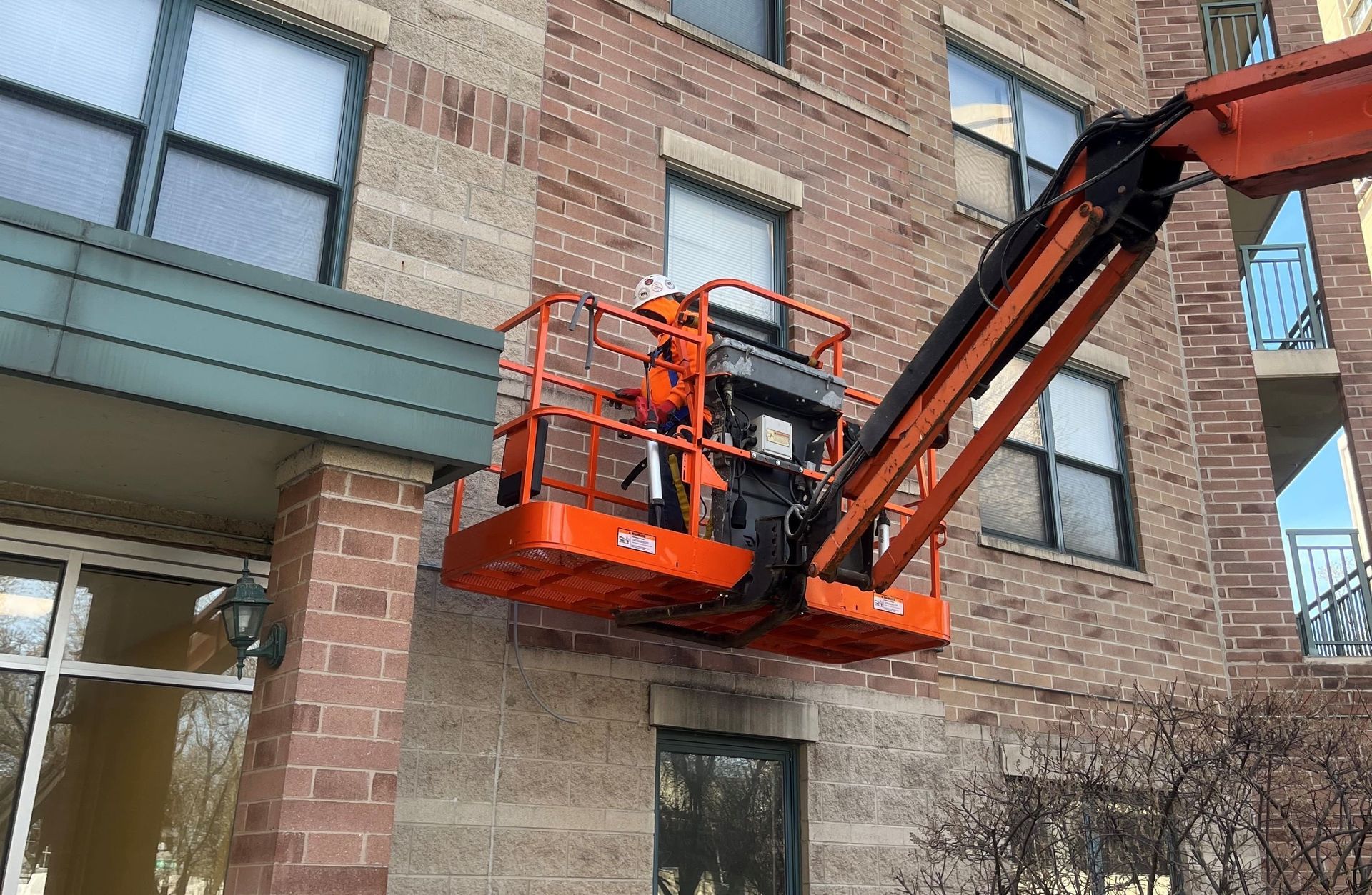
4. Address Known Drainage Issues Now
You’d be surprised how often a clogged roof drain or sloped sidewalk leads to masonry damage. Poor site drainage allows water to pool and freeze, increasing the chance of surface scaling and saturation damage.
Verify that your property’s:
- Roof drainage system is clear
- Downspouts direct water away from the foundation
- Paving and hardscapes are properly pitched
If your building has historic materials or complex masonry assemblies, consult with a commercial concrete facade restoration contractor to review potential areas of concern.
5. Clean with Caution, or Not at All
Winter isn’t the time for aggressive power washing or chemical cleaning. However, fall is your last safe window to address moss, mildew, and carbon staining before moisture levels rise. Choose a contractor familiar with restorative masonry cleaning methods, especially on landmark or high-value buildings. Improper cleaning can cause irreversible surface damage or trap moisture in the walls.
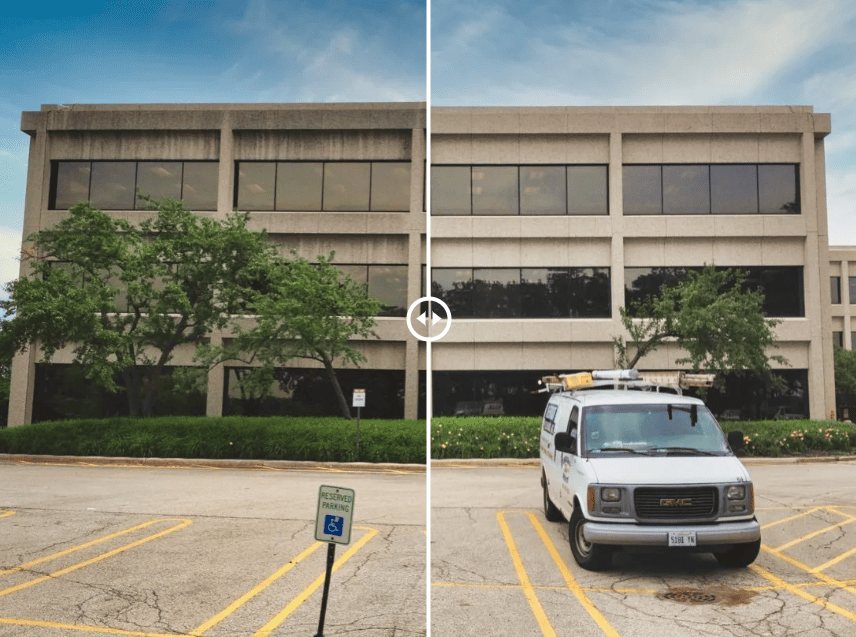
6. Plan Ahead for Emergency Response
No one wants to scramble for a contractor after a facade element fails during a cold snap. It’s worth having a trusted team already lined up, especially one experienced with:
- Concrete balcony repair
- Masonry lintel replacement
- Emergency stabilization of loose brick or stone
- Temporary weatherproofing
Even if your building has passed annual façade inspection requirements (like Chicago’s Rules for Periodic Inspection of Exterior Walls), winter brings a new layer of risk that deserves special attention.
Winter Masonry Maintenance Pays Off
Here’s the big picture: masonry problems caught early cost less. According to the Southeast Concrete Masonry Association, keeping masonry in good condition helps preserve its natural insulating properties, which can lead to lower energy costs and long-term savings. But more importantly, early action prevents occupant safety issues, project delays, and emergency spending.
Here’s a recap of your winter masonry prep priorities:
- Inspect exposed surfaces and joints
- Evaluate balconies and facade elements
- Schedule necessary tuckpointing or sealant replacement
- Confirm proper drainage away from the building
- Avoid late-season cleaning that traps moisture
- Identify a reliable restoration contractor before issues arise
Need Support? Let’s Talk.
RestoreWorks is your union-trained partner for masonry inspection, repair, and restoration. Our team knows how to prepare your building for what’s ahead (and what can wait until spring).
Whether you're managing a portfolio of mid-rises or one high-value landmark, our team can help you plan winterization work that’s timely, cost-effective, and built to last.
Let us walk your building before winter hits. Schedule a free commercial property consultation today to protect your masonry and your budget.



